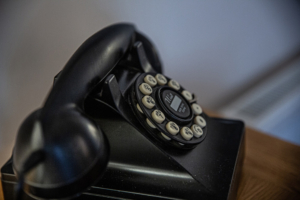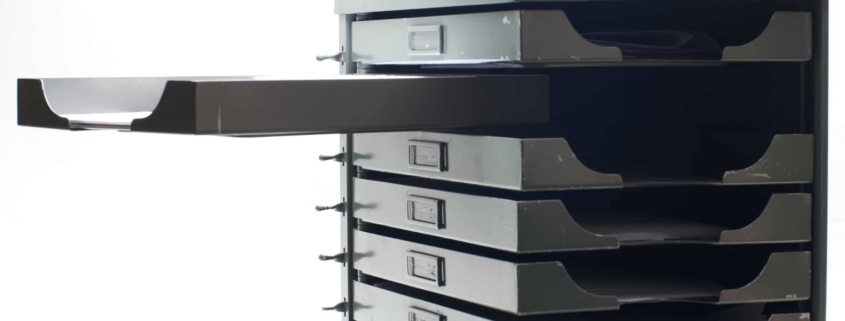Create an Emergency Home Binder: Your Comprehensive Guide
In times of crisis, having a well-organized emergency home binder can make all the difference. In this article, we’ll guide you through creating an emergency home binder with all the necessary categories and checklists. Note: Each tab has titles which could be broken into sub-sections within your binder.
Getting Started
Choosing the Right Binder

- Durable three-ring binders or folders
- Plastic sheet protectors for important documents
- Determine 1 per person, or tabs per family member
Gathering Essential Supplies
- Pens, pencils, and markers
- Emergency contact cards
- Sticky notes and tabs for quick reference
Setting a Designated Location for the Binder
- Choose a readily accessible spot
- Ensure all “responsible” family members know its location
Tab #1 Basic Information
Personal Information (Quick reference at the front of the binder)
- Family member names, ages, and contact information
- Emergency contact numbers (Family, Friends, Neighbors)
- Medical history and allergies
- Insurance policies and contact information
Evacuation Plan
- Evacuation routes and meeting points
- Instructions for pets or livestock
- Shelter options
Home Information
- Floor plan with emergency exits marked
- Utility shut-off locations (Water, Gas, Electricity)
Tab #2 Important Documents
Pro Tip: There is going to be a lot of personal information in your emergency binder. Consider storing your binder in a safe location, an actual safe, or grab-and-go lock box!
Or have 2 binders: one with personal information, other with more generic information
Copies of Identification (if applicable)
*Consider taking our free LifeLine class to get started on this particular section

- Driver’s licenses
- Passports
- Health care card
- Birth certificate
- Social Insurance Numbers
- Marriage certificates
- Divorce / separation agreements
- Adoption documents
- Immigration or Citizenship documents
- Wills
- Deeds
- Power of attorney
Tab #3: Financial Documents
Banking
- Account numbers and Bank contacts
- Card numbers and contact information
- Mortgage/Rent details
Cash in Small Denominations (envelope/sleeve to store)
- Small bills and coins for emergencies.
Investments
- RDSP/RESPs
- Stock options
- RSPs/Retirement savings
- Donations
- Property
Taxes
- Up to 7 years worth of Notice of Assessments or other quick access tax related information
Tab #4 Medical and Health
Medication List and Dosages
- Names of medications
- Dosages and schedules
Health Insurance
- Health insurance details
- Policy details
- Doctor’s names & contact information
Medical History
- Surgeries
- Chronic conditions
Tab #5 Household Inventory
List of Valuable Possessions
- Photos and receipts where necessary
- Serial numbers & warranty information
Home Inventory Checklist
- Appliances
- Electronics
- Furniture
- All personal belongings of value to you
Tab #6 Emergency Contacts (or Tab #1 Extra Subsection)

Local Emergency Services
- Police
- Fire
- Medical
- Poison control
Non-emergency Contacts
- Utility Companies
- Home service providers (phone, TV, cable)
- Insurance (home, car, personal)
Other Contacts:
- Relatives or family members who do not live with you
- Schools, Universities, Work places, Babysitters, etc
- Attorney/Legal contacts
- Organizations you belong to or work with
Tab #7 Home Maintenance
Maintenance Schedules and Checklists
- Regular home maintenance tasks
- Home improvement records: repairs and renovation history
Contact Information for Service Providers
- Plumbers, electricians, contractors
- Spreadsheet or place to track services (dates, work done, and receipts)
Tab #8 Emergency Supplies

Inventory of Emergency Supplies
- Food
- Water
- First Aid
- Gear
Tab #9 Important Notes
Space for Handwritten Notes
- Blank pages for additional information
Regular Updates
- Establish a Schedule for binder updates/reviewing
- Monthly, quarterly, or annually
- Keep information up-to-date
EXTRAS TABS:
Digital Information Backup
- Passwords for online accounts (email, banking, social media)
- Digital copies of important documents (scanned IDs, deeds, wills)
- Information on how to access cloud storage with critical documents
Childcare and School Information
- Emergency contacts for schools or daycare centers
- Copies of school IDs and records
- Special instructions or medical needs for children
Pet Information
- Veterinarian contact information
- Photos and descriptions of pets
- Records of vaccinations and medical history for pets
- Emergency pet supplies checklist
Transportation Information
- Copies of vehicle registration and insurance
- Emergency contact for roadside assistance
- Public transportation routes and schedules if applicable
Backup Power and Generator Information
- Instructions for using backup power sources or generators
- Maintenance schedules and contact information for service providers






